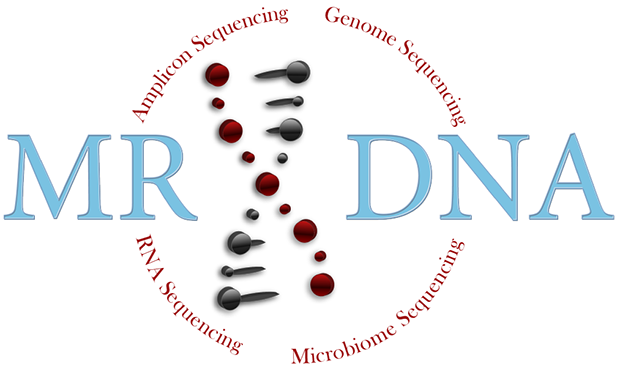Whole exome sequencing sheds light on cervical cancer
Exome sequencing enables focused analysis of protein-coding regions to uncover cancer-driving mutations.

Cervical cancer arises from genetic and viral factors, most commonly associated with persistent infection by high-risk human papillomavirus (HPV) strains.
Whole exome sequencing (WES) focuses on the protein-coding regions of the genome, where the majority of disease-causing mutations occur. By comparing tumor and matched normal samples, researchers can identify somatic variants that drive tumor growth.
Recent studies have identified recurrent mutations affecting chromatin remodeling, cell-cycle control, and PI3K/AKT/mTOR signaling pathways, highlighting potential therapeutic targets.
